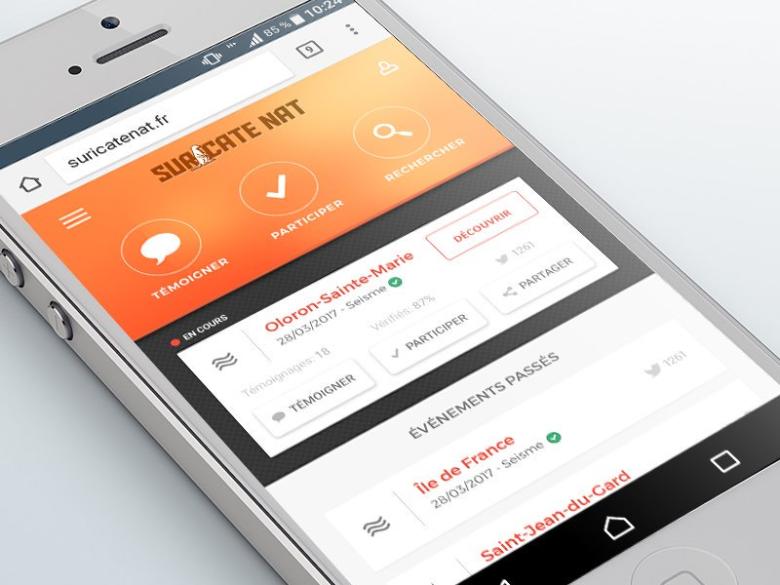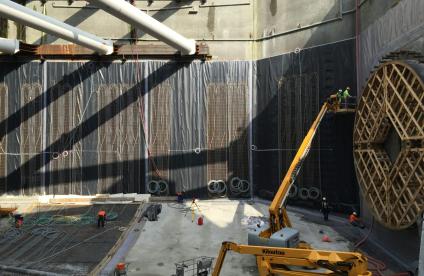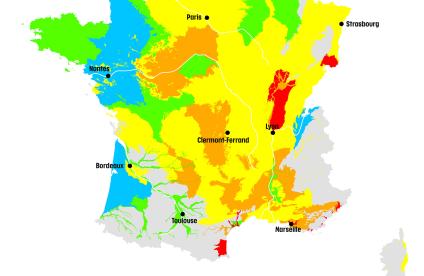
SURICATE-Nat, a participatory platform using social networks as a source of real-time information on unfolding natural disasters.
© BRGM
Experience shows that when a natural disaster occurs, "connected" citizens on the spot can share the situation they are experiencing in real time via social networks. This was the case, for example, during the catastrophic earthquakes that hit Haiti in 2010, Italy in 2012 and 2016, during the spring 2016 floods in France and very recently when Hurricane Irma hit the Caribbean.
Social networks as a new source of citizens' information for natural risks vigilance
The BRGM, in cooperation with the Troyes University of Technology and with support from the MAIF Foundation, is therefore developing a participatory platform for semi-automated analyses of Twitter messages about natural disasters. Thanks to the "tweet" principle of very short messages that can be attached to multimedia content, and to an online community which is used to commenting on events in real time, Twitter is a particularly efficient way of distributing real-time information as soon as a large-scale event occurs.
The SURICATE-Nat platform, which went on line in December 2017, is already covering earthquakes and will shortly open up to floods and other natural hazards. The principle is to consider each individual as a "sensor" endowed with 5 senses and capable of reporting their observations rapidly and spontaneously.
Semi-automated analysis of "tweets" during earthquakes
In practice, every "tweet" in French containing terms that refer to earthquakes is collected and automatically processed by AI algorithms. The tweets are analysed to build up indicators of the intensity of phenomena as they unfold. The messages are then sent out to internet users whose contributions to the analyses will add to and improve the predictive produced.
Rather than competing with traditional channels for collecting information, this groundbreaking initiative will add further material: with earthquakes, the idea is to complete what is "seen" by seismographs and already being reported by citizens via the BCSF or CSEM websites, for example.
The platform is currently in the test phase and its authors are encouraging users to send their feedback and comments.

llustration of the SURICATE-Nat platform.
© BRGM







